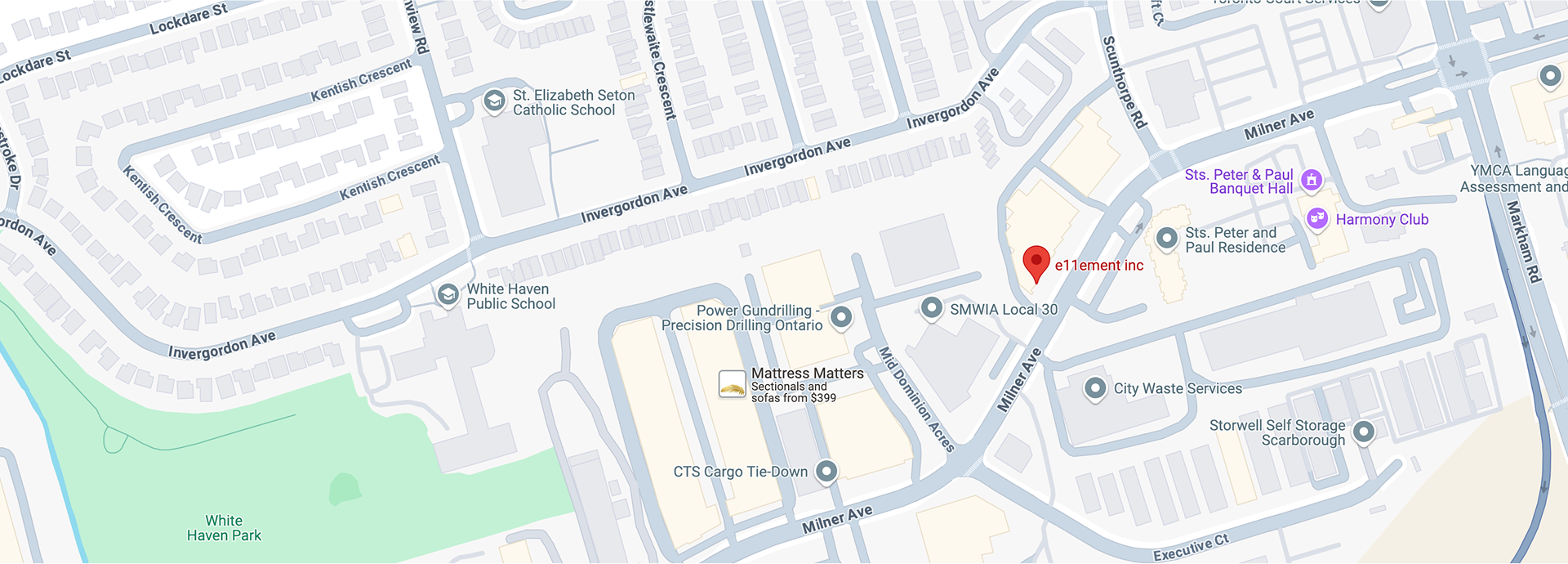Hypochlorous acid (HOCl) is gaining attention for its applications in various fields, from healthcare to cleaning products. Often used as a disinfectant and antiseptic, hypochlorous acid is known for its effectiveness against bacteria, viruses, and fungi. However, while it offers significant benefits, it’s essential to be aware of potential hazards associated with its use, particularly when it comes to hypochlorous acid spray. This article will delve into the safety considerations and hazards of hypochlorous acid spray to help you use it safely and effectively.

Understanding Hypochlorous Acid
Hypochlorous acid is a weak acid formed when chlorine dissolves in water. It is naturally produced by the human immune system to fight infections and promote healing. In its commercial form, hypochlorous acid is used in various applications, including disinfecting surfaces, sanitizing equipment, and treating wounds. When used in spray form, it becomes a versatile tool for maintaining hygiene and cleanliness.
Potential Hazards of Hypochlorous Acid Spray
While hypochlorous acid spray is generally considered safe for its intended uses, there are certain hazards to be aware of:
1. Skin Irritation
Direct contact with hypochlorous acid spray can cause skin irritation in some individuals. This is particularly true for those with sensitive skin or pre-existing skin conditions. Symptoms of irritation may include redness, itching, and a burning sensation. To minimize these risks, it is advisable to use gloves when handling the spray and avoid direct contact with the skin.
2. Eye Irritation
Hypochlorous acid spray can be harmful if it comes into contact with the eyes. It may cause discomfort, redness, and a stinging sensation. In severe cases, it could lead to more serious eye damage. Always use protective eyewear when using hypochlorous acid spray, especially in environments where splashing is a possibility.
3. Respiratory Irritation
Inhalation of hypochlorous acid spray mist or vapors can irritate the respiratory system. Symptoms may include coughing, throat irritation, and shortness of breath. To reduce the risk of respiratory issues, use the spray in well-ventilated areas and avoid prolonged inhalation. If you experience persistent respiratory symptoms, seek medical attention.
4. Chemical Reactions
Hypochlorous acid is a reactive substance that can interact with other chemicals, potentially causing hazardous reactions. For instance, mixing hypochlorous acid with ammonia or acidic substances can produce harmful fumes. It is crucial to follow the manufacturer's instructions and avoid mixing hypochlorous acid spray with other chemicals unless explicitly directed.
Safety Precautions When Using Hypochlorous Acid Spray
To ensure safe usage of hypochlorous acid spray and minimize potential hazards, follow these safety precautions:
1. Read and Follow Instructions
Always read the manufacturer’s instructions and safety guidelines before using hypochlorous acid spray. These instructions will provide important information about proper usage, storage, and first aid measures in case of an accident.
H3: 2. Use Protective Gear
Wear appropriate protective gear, including gloves and eye protection, when handling hypochlorous acid spray. This helps prevent direct contact with the skin and eyes and reduces the risk of irritation.
3. Ensure Adequate Ventilation
Use hypochlorous acid spray in well-ventilated areas to minimize inhalation of vapors. If possible, use the spray outdoors or in a space with good airflow to reduce the concentration of any potentially harmful fumes.
4. Store Properly
Store hypochlorous acid spray in a cool, dry place away from direct sunlight and heat sources. Proper storage helps maintain the stability of the product and prevents accidental exposure.
5. Dispose of Properly
Follow local regulations for the disposal of hypochlorous acid spray and its containers. Do not pour the spray down drains or dispose of it in regular trash unless instructed to do so by the manufacturer.
First Aid Measures
In the event of exposure to hypochlorous acid spray, take the following first aid measures:
1. Skin Contact
If hypochlorous acid spray comes into contact with the skin, wash the affected area with plenty of water and soap. Remove contaminated clothing and seek medical advice if irritation persists.
2. Eye Contact
If the spray gets into the eyes, rinse immediately with water for at least 15 minutes. Seek medical attention if discomfort or vision problems continue.
3. Inhalation
If inhaled, move to an area with fresh air and seek medical attention if respiratory symptoms persist or worsen.
Conclusion
Hypochlorous acid spray is a valuable tool for disinfection and sanitation, but it’s important to be aware of the potential hazards associated with its use. By understanding the risks and following appropriate safety precautions, you can use hypochlorous acid spray effectively while minimizing any adverse effects. Always handle the product with care, adhere to safety guidelines, and consult medical professionals if needed to ensure safe and effective use.























